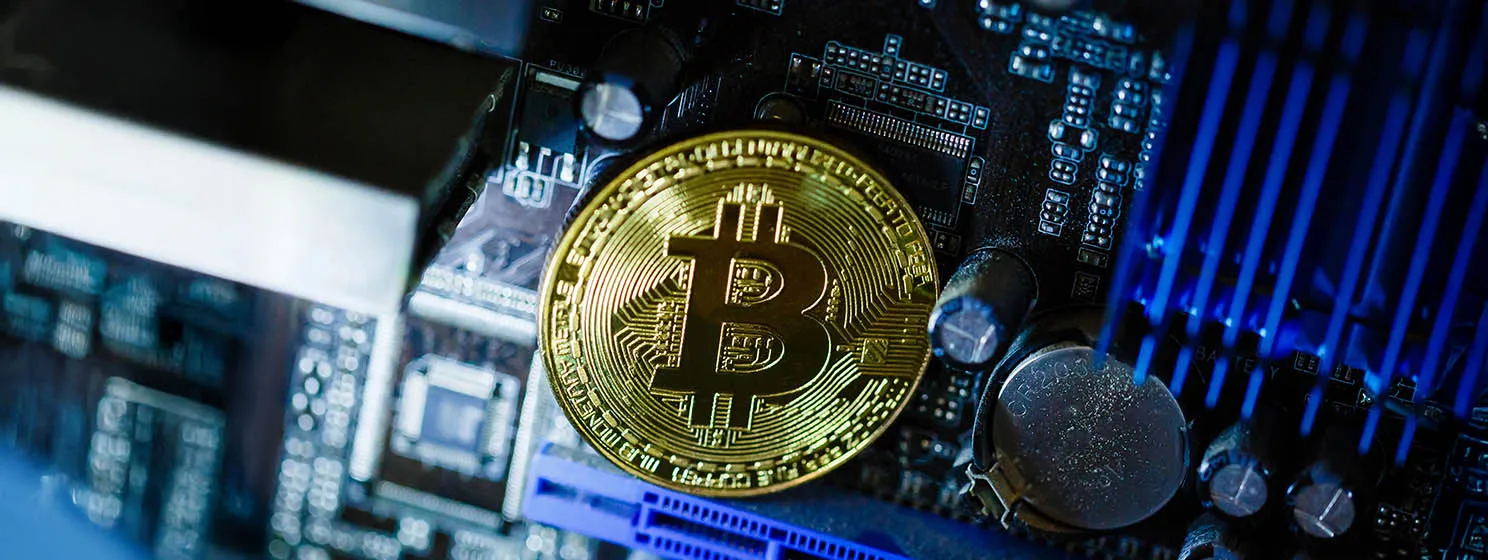|
Getting your Trinity Audio player ready...
|
The Federal Communications Commission (FCC) issued a “Notification of Harmful Interference” to New York City resident Victor Rosario, citing a complaint filed by T-Mobile which pointed to Rosario’s miner as the culprit for an interference in the network’s 700MHz LTE band.
The notice, according to FCC, was in response to T-Mobile’s report of radio emissions coming from a local residence in Brooklyn which interfered with its LTE network. Initial investigations in the vicinity, which made use of “direction finding techniques,” determined that Rosario’s legacy Bitcoin (BTC) mining operation was the cause of the reported interference.
The cryptocurrency mining operation used several units of the Antminer S5, which generated “spurious emissions on frequencies assigned to T-Mobile’s broadband network,” thereby causing “harmful interference,” according to the FCC’s findings.
The FCC warned the crypto mining operator that if he continues to use the specified device, the interference which it causes to T-Mobile’s network can be used as evidence to file a case placing the operator in violation of federal laws. This, according to the commission, could result in Rosario facing “severe penalties, including, but not limited to, substantial monetary fines, in rem arrest action to seize the offending radio equipment, and criminal sanctions including imprisonment.”
The FCC’s rulebook mandates anyone within its jurisdiction operating radio frequency devices to immediately cease use of a device found to be interfering with critical network infrastructures.
While the FCC has stated that “operation shall not resume until the condition causing the harmful interference has been corrected,” the issue is still under further investigation. The FCC is working to identify if the interference was an isolated case or if devices with similar configurations to the Antminer S5 are likely to also cause interference with 700MHz LTE frequencies.
Manufactured by Bitmain, the Antminer S5 was first released for international shipping in late 2015. It featured the then-flagship BM1384 ASIC chip which at the time was 20% more efficient than the previous Antminer model (S3).
At the time of writing, findings remain inconclusive as to why the Antminer S5 was emitting 700MHz radio frequencies. Hardware flaws or device modifications initiated by a mining hobbyist may cause unintentional emissions.
In a footnote to the notice sent to Rosario, the FCC clarified that the issue was only limited to the operator’s device, “not its brand or model and is not meant to suggest or find that all Antminer S5 devices are noncompliant,” adding that “although [they] are aware that even compliant devices can be modified in a manner that creates harmful interference, [they] make no finding as to whether this particular device conforms to its original manufacturer’s specifications.”
A tweet by FCC Commissioner Jessica Rosenworcel observed that the letter sent to Rosario “seems so very 2018” given its mention of cryptocurrency mining, computing power, and blockchain computation. In the cryptocurrency community, mining enthusiasts sometimes “overclock” their GPUs and ASIC mining rigs to make more competitive gains for their operation.

 06-30-2025
06-30-2025 





